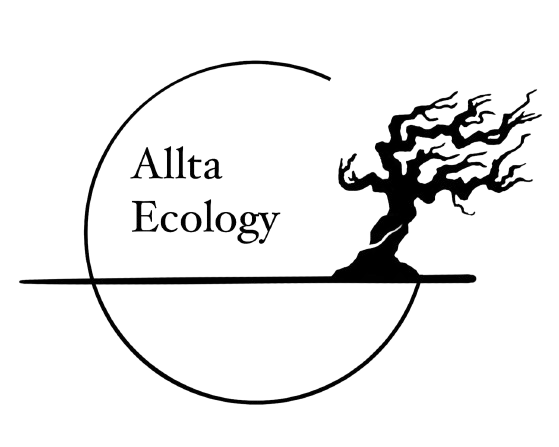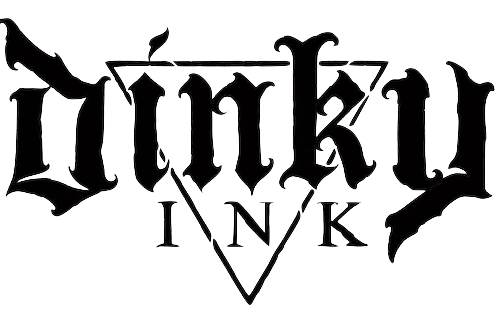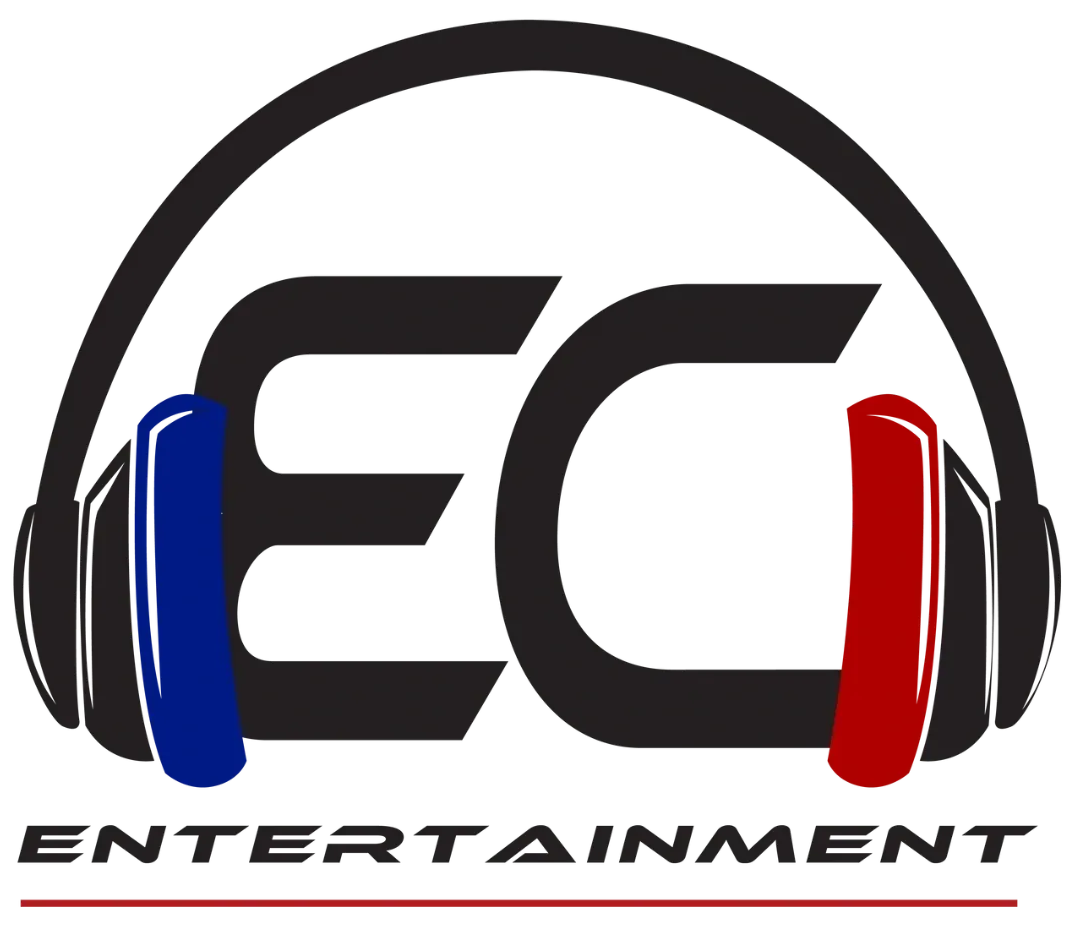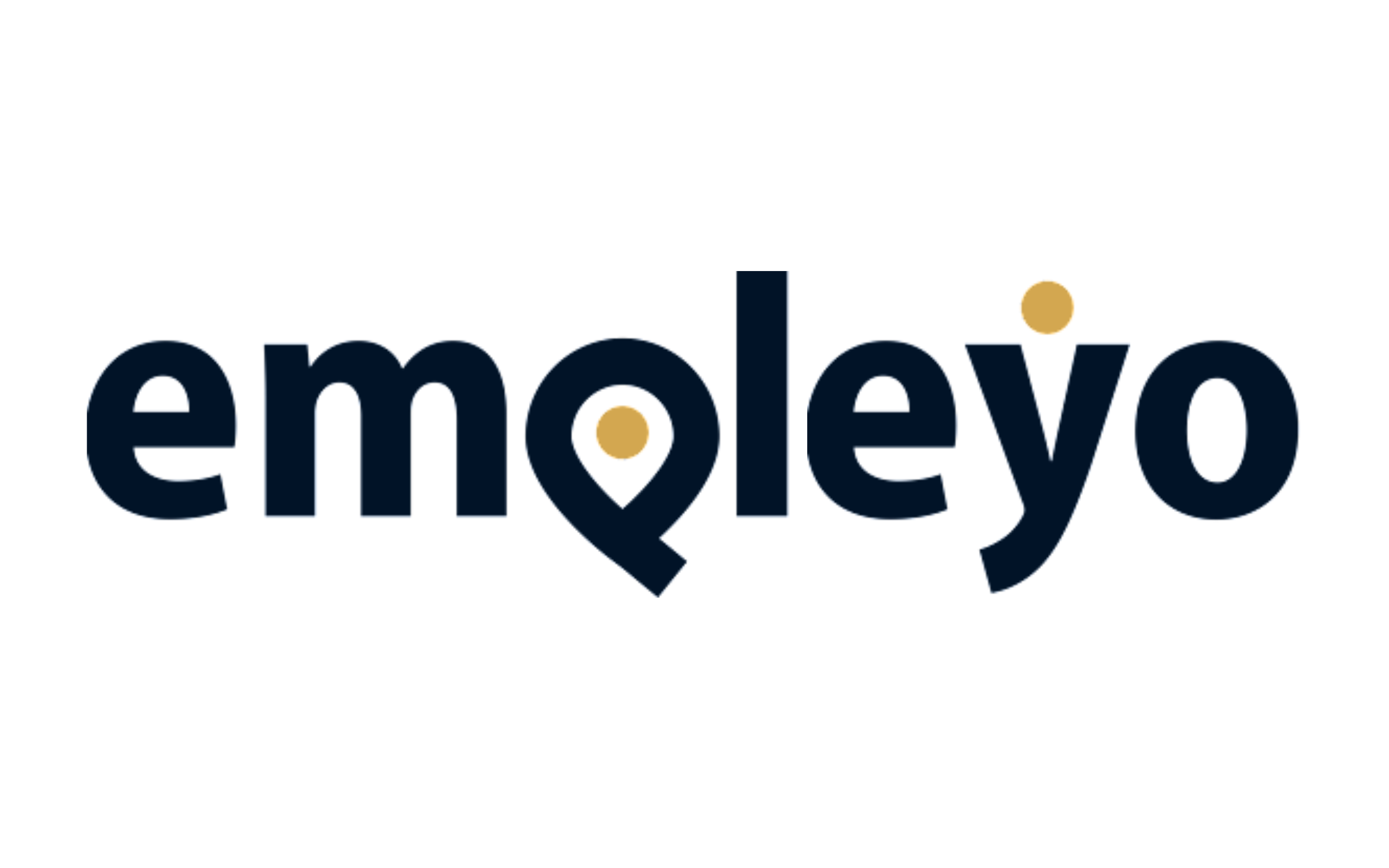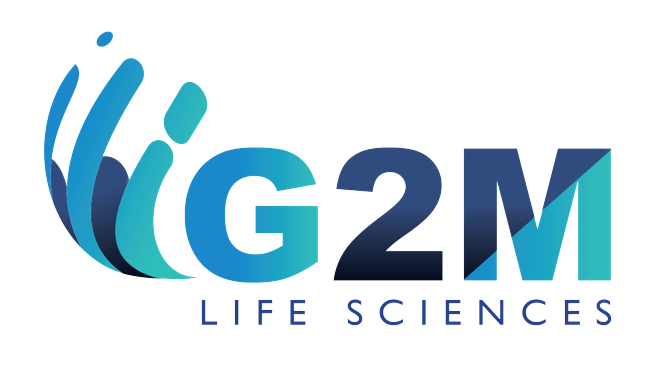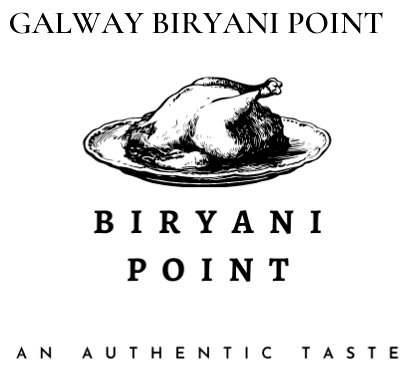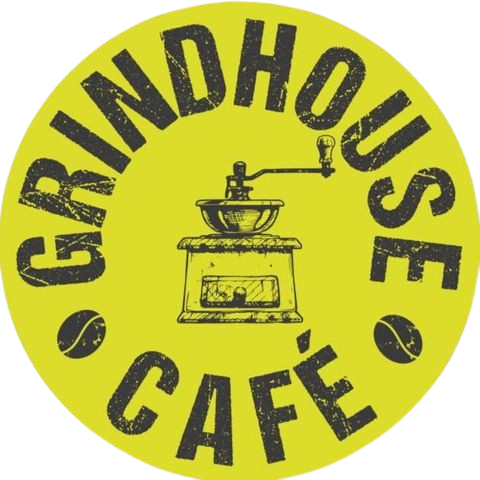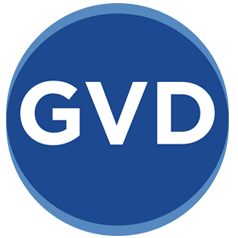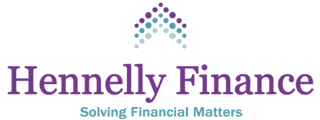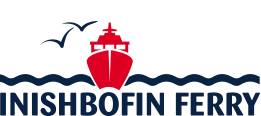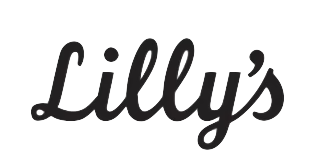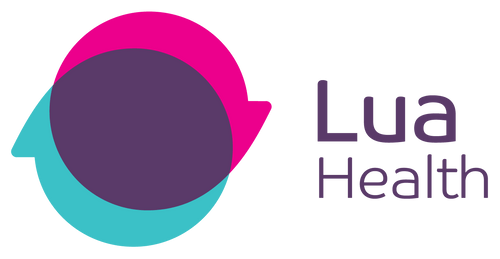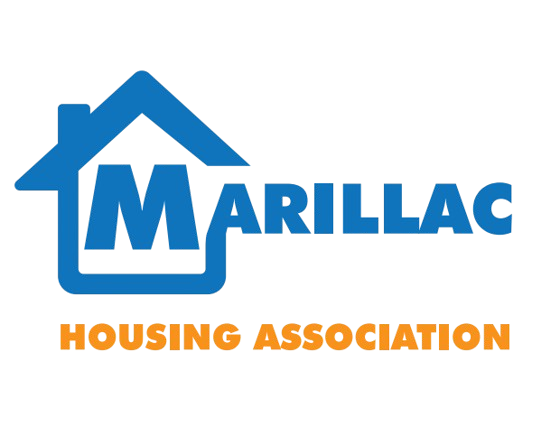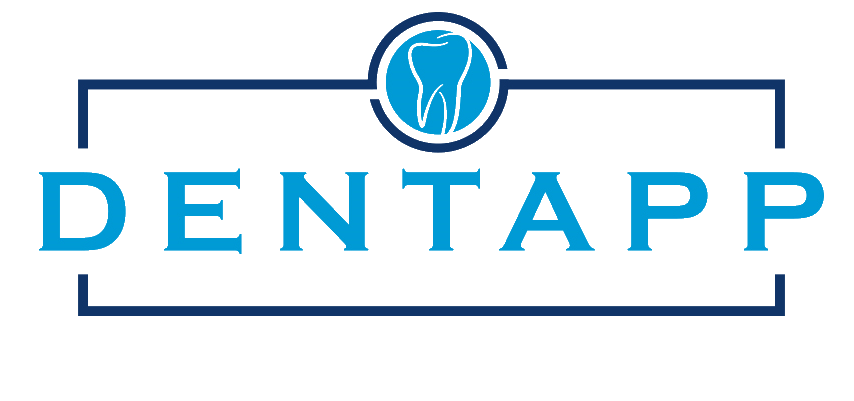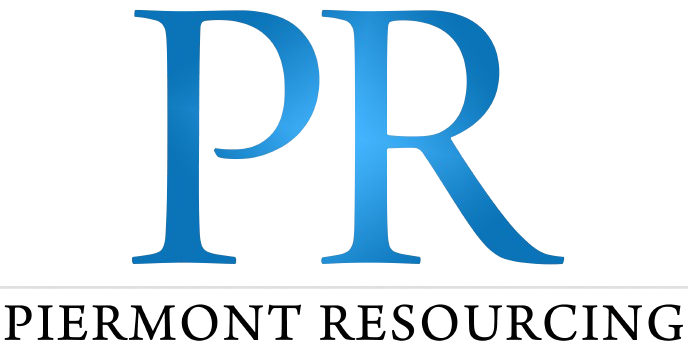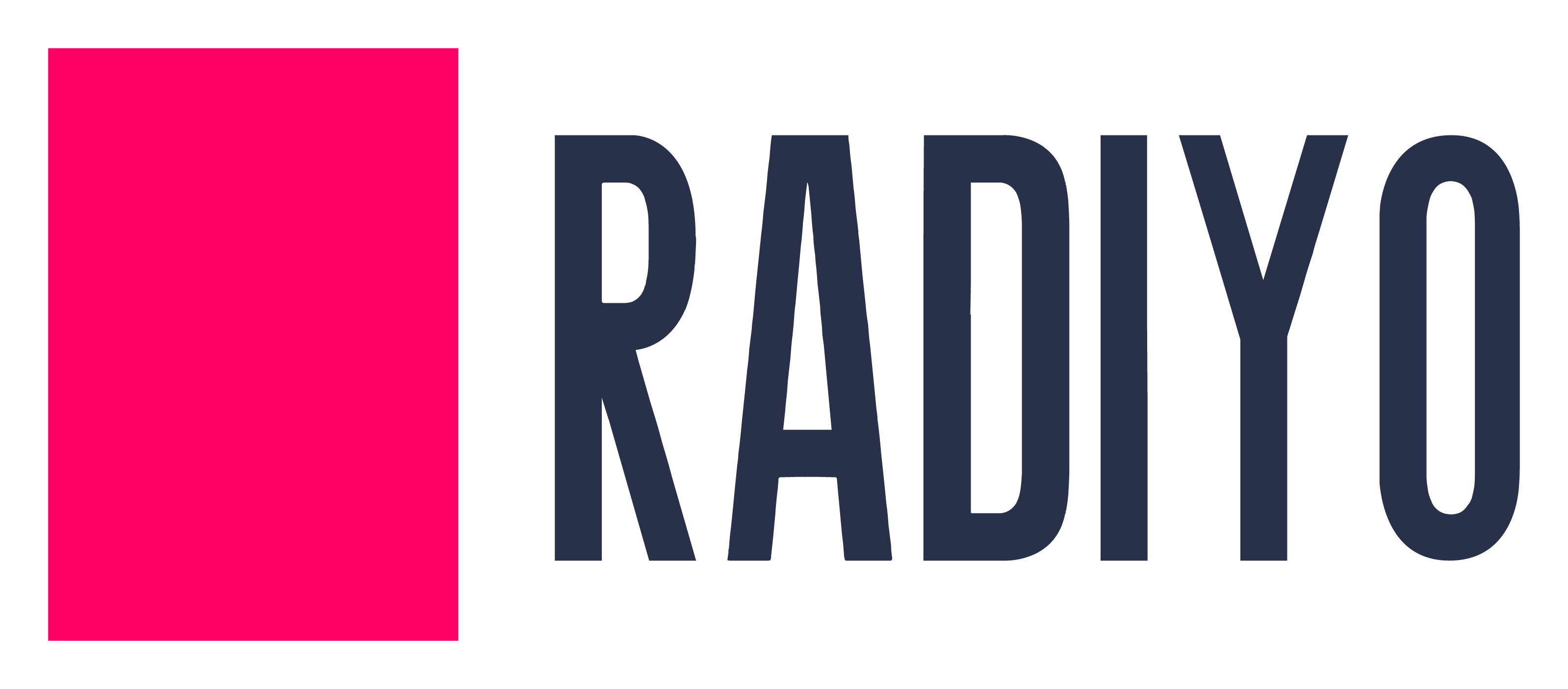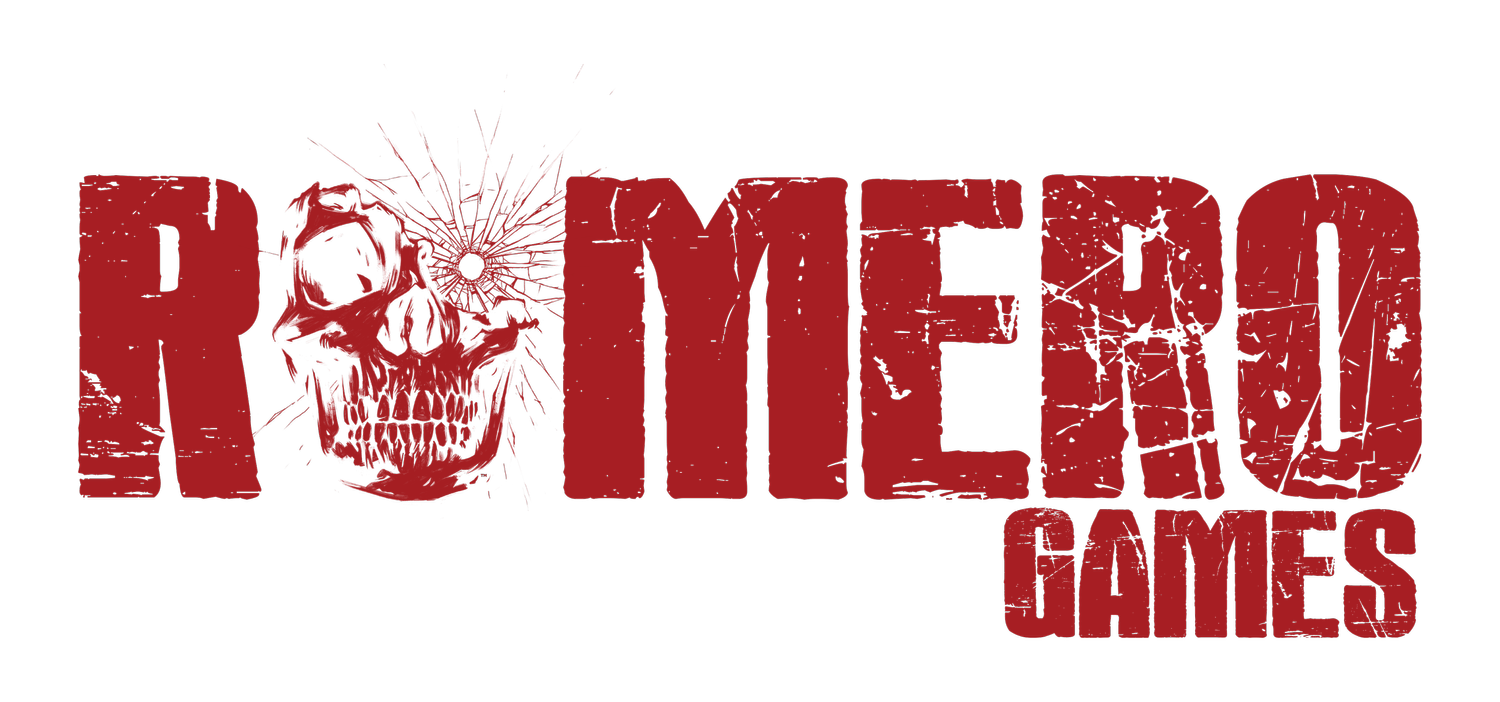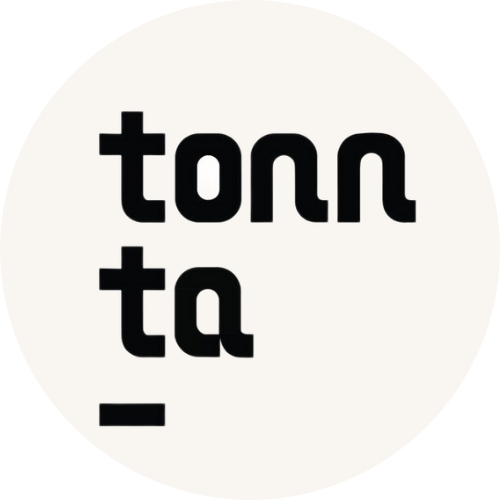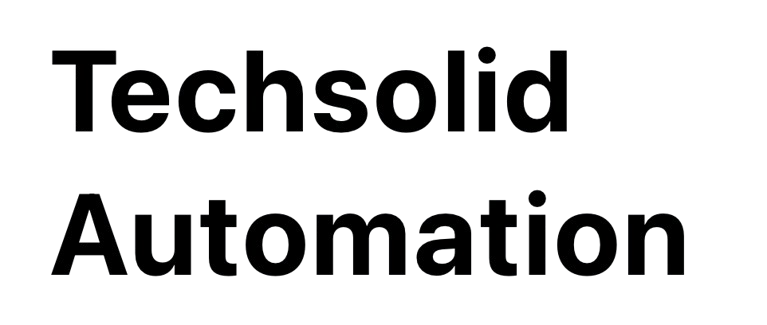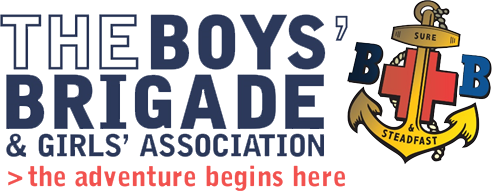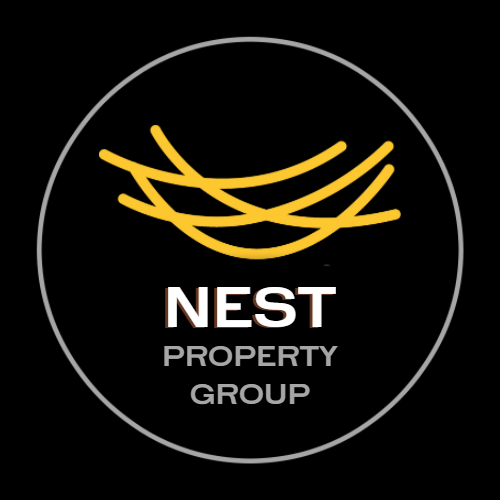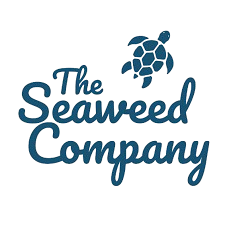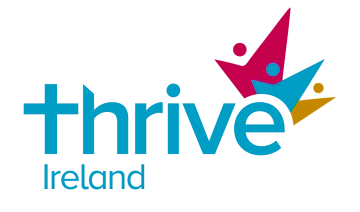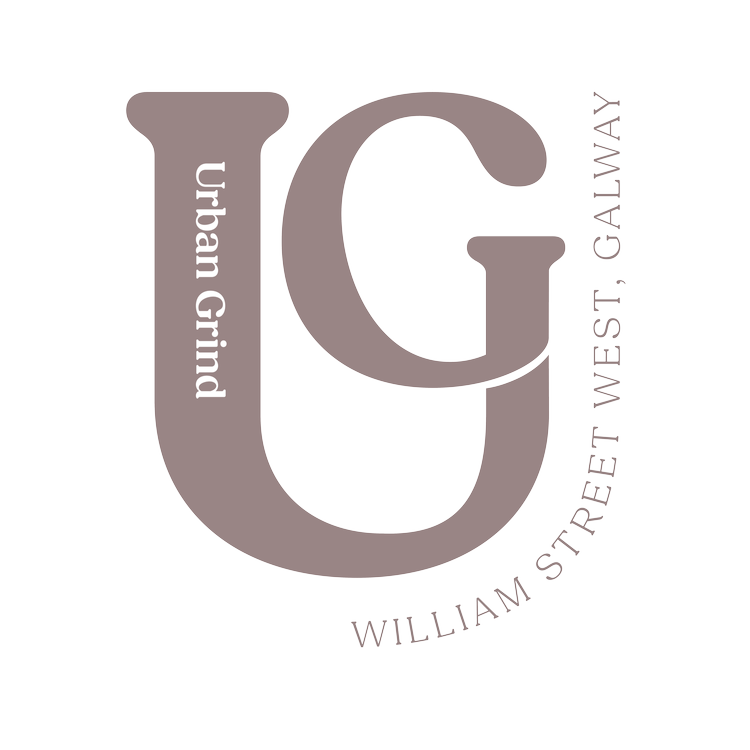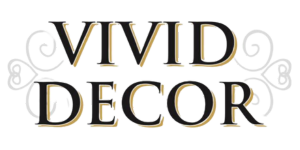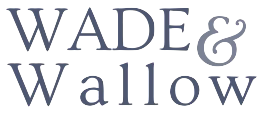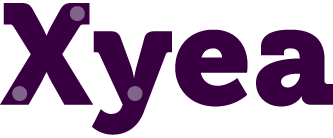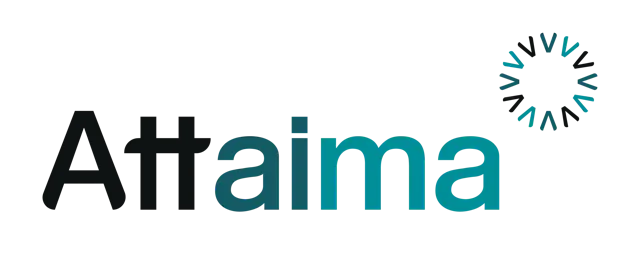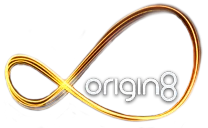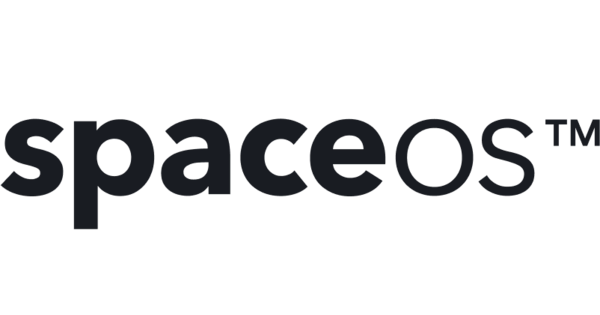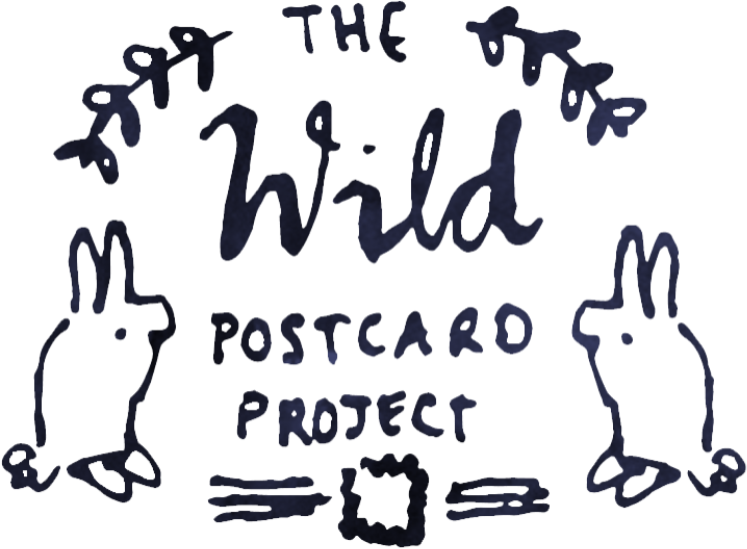Mastering the Accounting Balance Sheet (BS)
In your previous blog post, we provided an introduction to the two fundamental accounting documents that are essential for managing a business. Now, let’s delve deeper into the second document: the Balance Sheet.
The Balance Sheet (BS) – The of Sum Zero
The Balance Sheet is a financial statement that provides a snapshot of your business’s financial position at a specific point in time. It presents a summary of your company’s assets, liabilities, and shareholders’ equity.
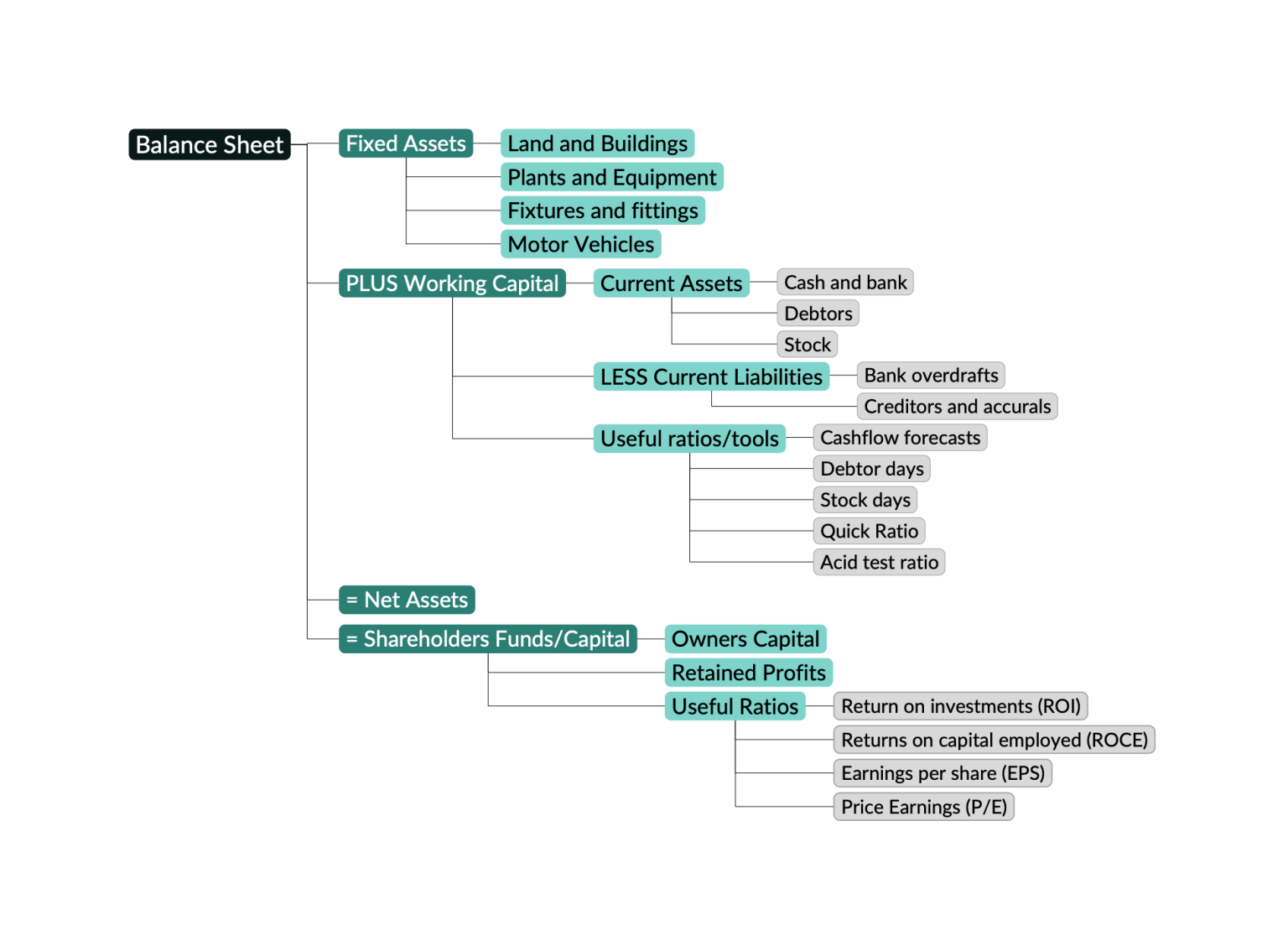
Quick Information
Ready to optimise your financial strategies?

Let’s break down each component:
- Assets: Assets represent what your business owns or controls. This can include cash, accounts receivable (money owed to you by customers), inventory, equipment, and property. Assets are typically categorized as current assets (short-term resources) or non-current assets (long-term resources).
- Liabilities: Liabilities encompass what your business owes to others such as loans from banks or suppliers and outstanding bills yet to be paid. Like assets, liabilities can be classified as either current liabilities (due within one year) or long-term liabilities (due beyond one year).
- Shareholders’ Equity: This represents the net worth of your company and is calculated by subtracting total liabilities from total assets. Shareholders’ equity includes initial investments made by owners and retained earnings the profits reinvested into the business over time.
The Core Components of the Balance Sheets.
You gain valuable insights into your company’s financial health by comparing these three components on the Balance Sheet.
- Liquidity: The proportion of current assets to current liabilities helps assess whether you have enough short-term resources to meet immediate obligations.
- Solvency: Examining long-term liabilities against non-current assets determines if you have enough resources to cover long-term debts.
- Net Worth: Monitoring changes in shareholders’ equity reflects how profitable your business has been over time.
Vital Components that can’t be covered by Balance Sheets
However, valuation of companies is an art rather than a science (which we can discuss on a new blog post) but differs from net assets in the following key ways.
- Net assets values a business at the break-up value of its assets and liabilities and takes no account of the goodwill or intrinsic value of the business as a going concern
- Balance sheets do not place a value on brands or other intangible assets such as the skills and experience of staff
- Net assets value is usually the floor of a range of valuations depending on valuation methods used.
Read More: Accounting Essentials for Small Businesses in Ireland : 4 Key Takeaways
By regularly reviewing the Balance Sheet alongside other financial statements, you can make informed decisions to improve your company’s financial performance. Remember, a well-maintained Balance Sheet is crucial for managing your business effectively and demonstrating its financial viability to external parties. Moreover, The Balance Sheet is an important tool for stakeholders such as investors, lenders, and potential partners who want reassurance about your financial stability before getting involved with your business.
Finally, Ratio analysis is considered one of the most effective methods for measuring and monitoring the financial health of your business. We will delve into this topic in our upcoming blog post.
We are here to help
Need more info or help with your business accounts?
Our team are here to help. If you’re working on something and aren’t sure where to go next, our excellent customer service team are there to help.





